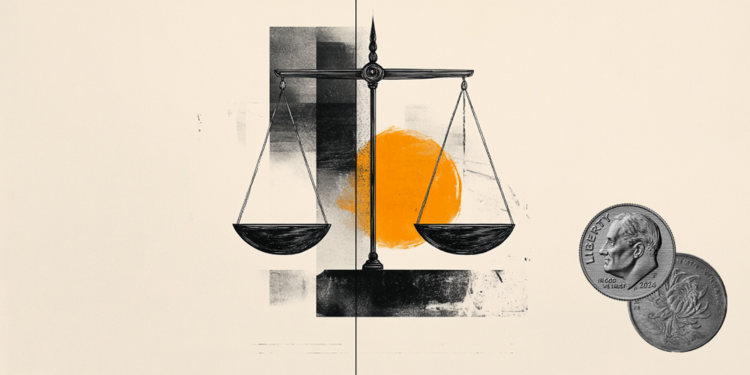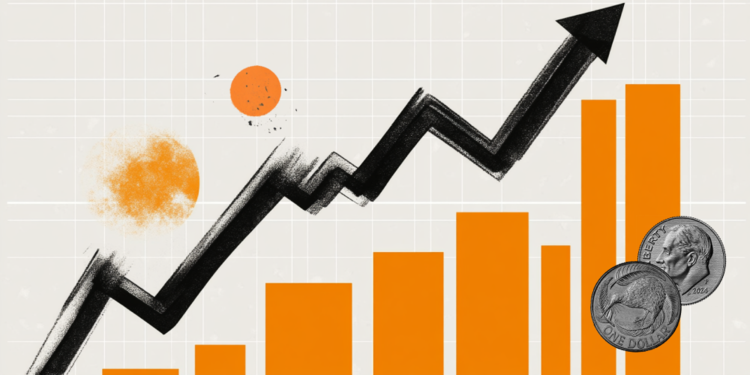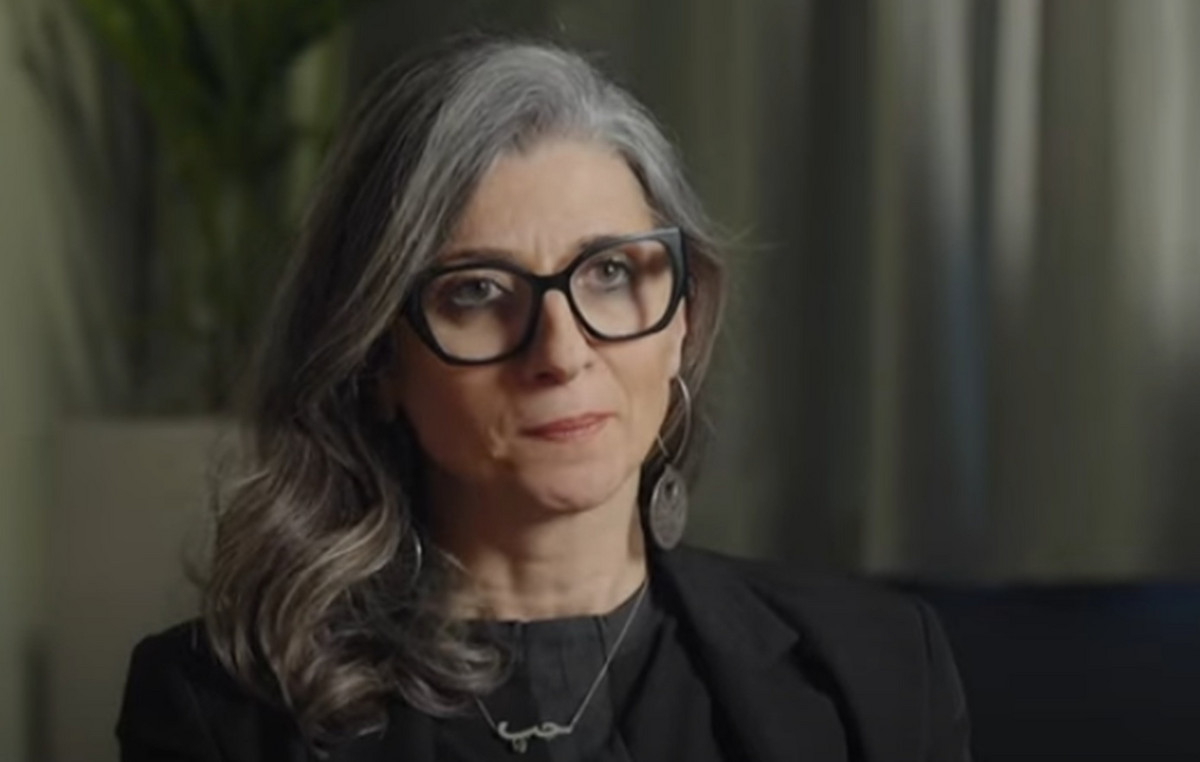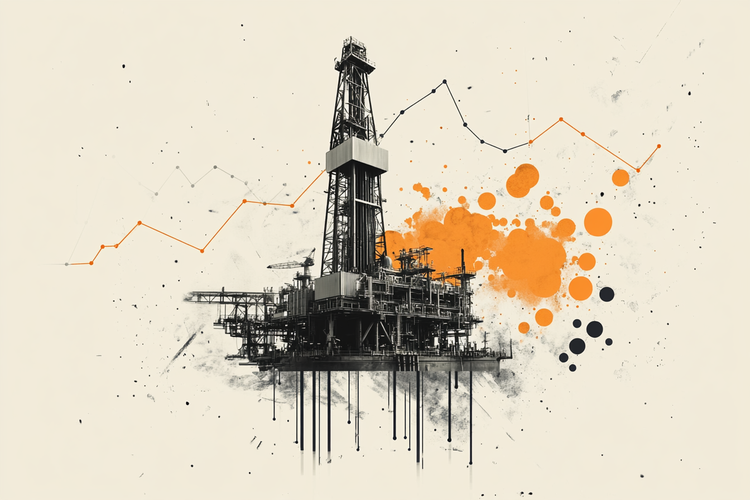Today, January 20, employees of the press center of the Sber company officially announced the creation of their own model based on artificial intelligence, which allows predicting various climatic disasters such as fires, floods, storms, permafrost thawing and more, while calculating the economic consequences of the data events. Moreover, the system is able to automatically adjust credit processes based on the results of artificial intelligence forecasts – some of the models developed by the company are already used in the banking sector, while others will be put into operation during the current year.
And although it may seem to someone that climatic conditions are not very important in the context of the banking sector, in fact it is not. Recently, employees of the Central Bank published a report stating that climate change and environmental degradation are the most important problems of the current decade, and Russia, due to its vast territory, is extremely vulnerable to various climatic disasters and risks. This problem is especially important in the vast Arctic zone, which is characterized by variable climatic conditions, a carbon-intensive economy, and a predominance of products with a high carbon footprint in the export sector. It is because of this that the Russian economy and the corporate sector are exposed to climate risks.
Sber is actively working on a strategy for decarbonizing the country’s economy, creating all sorts of solutions for corporate business that allow them to manage climate risks. It is for this reason that the company created a climate risk forecasting model based on artificial intelligence – they automate the assessment of climate disasters, reducing the level of uncertainty. In addition, the company has created a model responsible for assessing losses from such risks, allowing clients to accurately predict possible losses.
To understand the advantages of the new technology, the company talked about real scenarios for using this model. For example, an AI-based model can be used to assess risks in the agricultural sector, taking into account various natural disasters and cataclysms, predicting the possible risk of a client default. Due to this, you can calculate the possible damage, insurance risk and more. Similarly, you can predict the occurrence of fires, helping customers plan resources and more. It is likely that such technologies in the future will significantly strengthen the economy, getting rid of unexpected losses due to climate change.
Source: Trash Box
Charles Grill is a tech-savvy writer with over 3 years of experience in the field. He writes on a variety of technology-related topics and has a strong focus on the latest advancements in the industry. He is connected with several online news websites and is currently contributing to a technology-focused platform.







